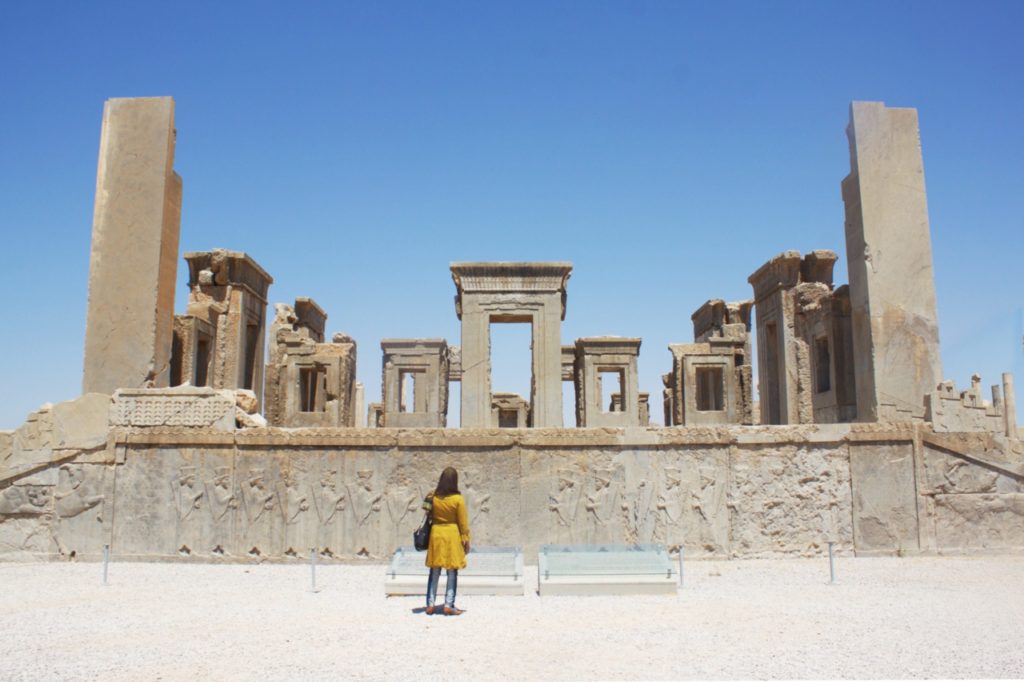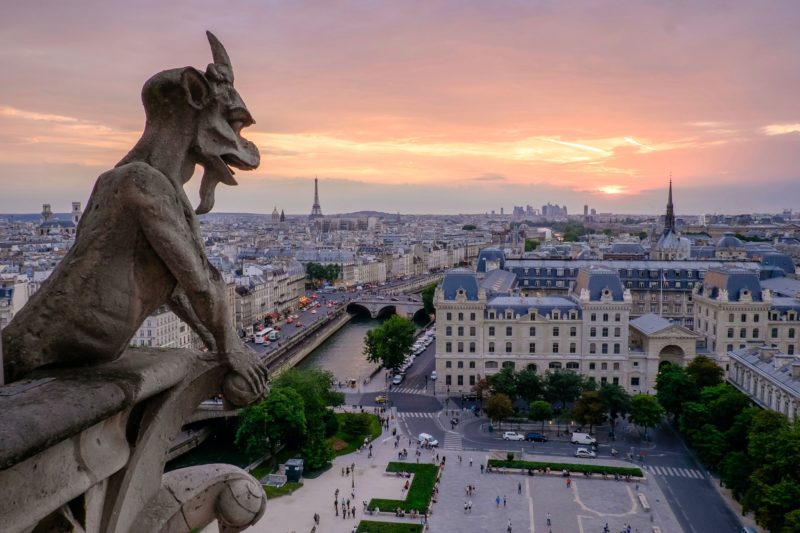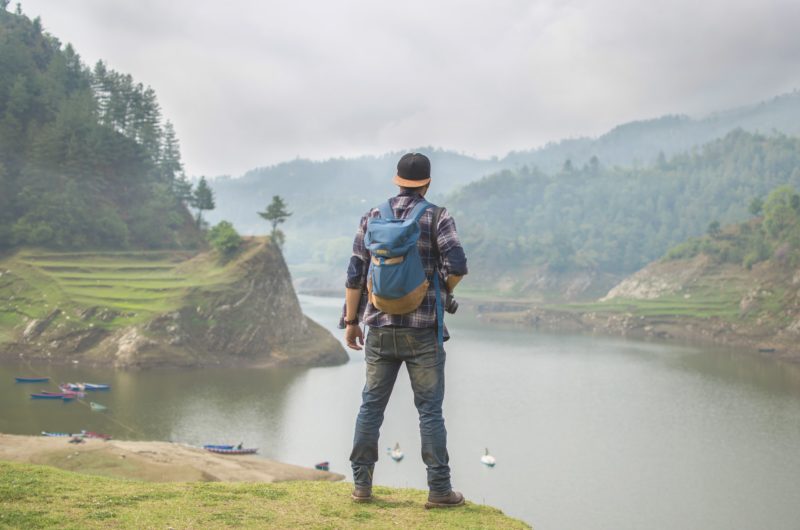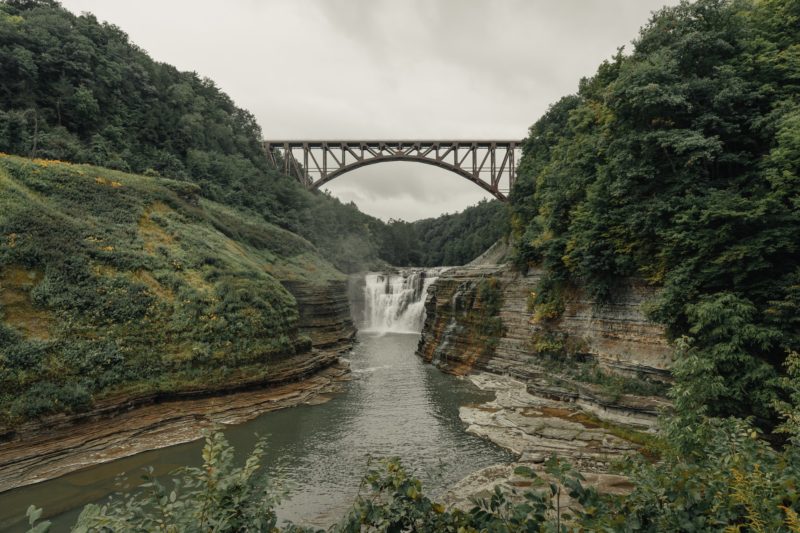For those who like to travel for culture, natural beauty, and sustainable places, UNESCO World Heritage Sites can be an excellent guide for inspiration. UNESCO is dedicated to preserving history, culture and the environment.
Simply going to a UNESCO site, however, doesn’t necessarily mean you are making a sustainable trip. Sometimes UNESCO sites are filled to the maximum capacity. So, to help you plan your sustainable trip we prepared a complete Guide to UNESCO World Heritage Sites and how to visit them well.
What is a UNESCO World Heritage Site?
UNESCO means United Nations Educational, Scientific and Cultural Organization. It is an organization that aims to bring countries together in cooperation and build a rich environment for education, sciences, and cultural development.
UNESCO was originally founded to focus on rebuilding schools, libraries, and museums that had been destroyed in Europe during World War II. With a focus on creating international peace, UNESCO’s Constitution entered into being in London in 1946.
The idea of creating a list of locations was to “encourage the identification, protection, and preservation of cultural and natural heritage around the world considered to be of outstanding value to humanity” – UNESCO.
The first list of UNESCO World Heritage Sites was launched in 1978 with 12 places:
- L’ Anse aux Meadows National Historic Park, Canada
- Nahanni National Park, Canada
- Galapagos Islands, Ecuador

- City of Quito, Ecuador
- Simien National Park, Ethiopia
- Rock-Hewn Churches, Lalibela, Ethiopia
- Aachen Cathedral, Germany
- Krakow’s historic center, Poland
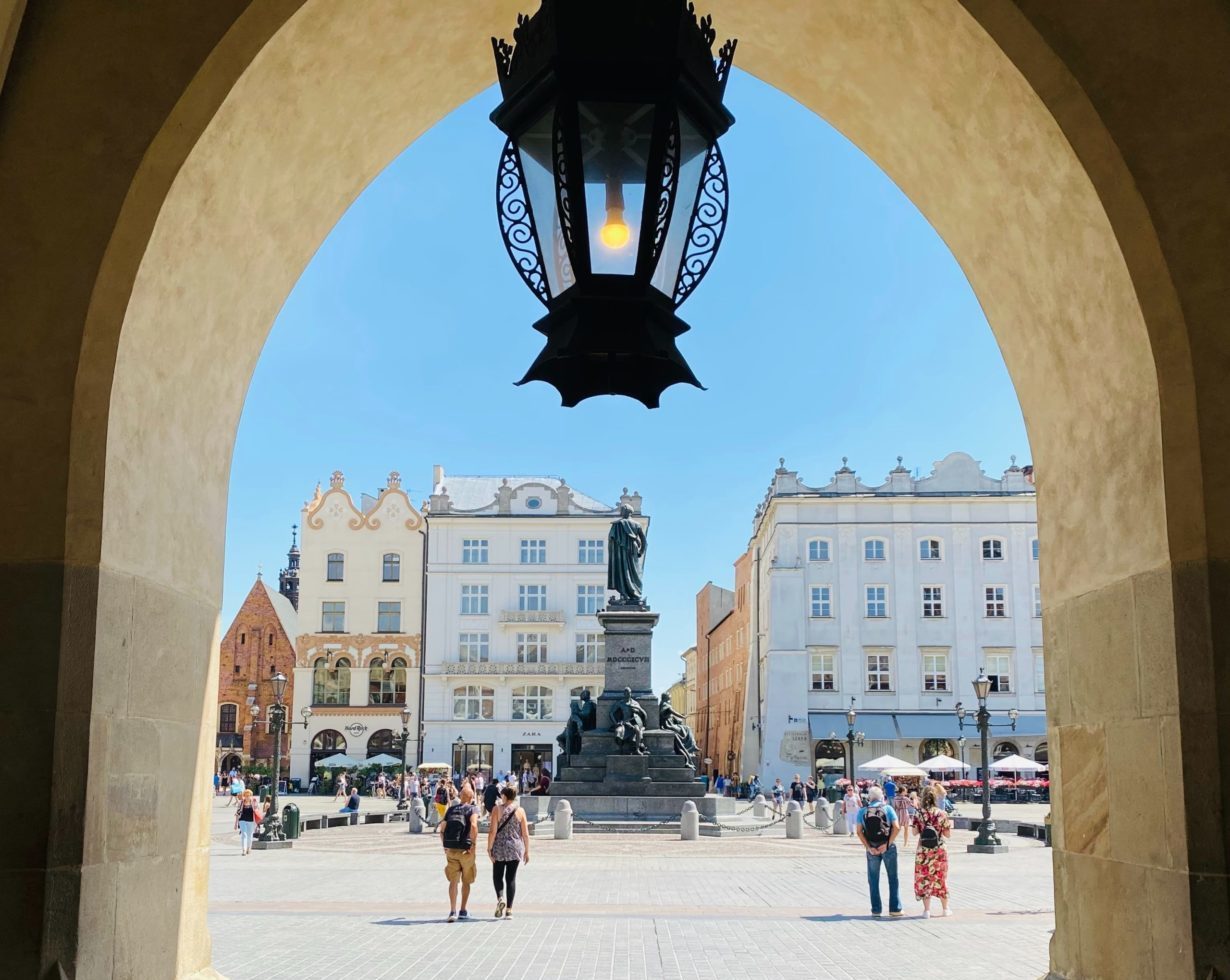
- Wieliczka and Bochnia Salt Mines, Poland
- Island of Goree, Senegal
- Mesa Verde National Park, United States
- Yellowstone National Park, United States

UNESCO World Heritage Sites have three categories: Cultural, Natural, and Mixed (cultural and natural together).
Because of broad international visibility, being on the UNESCO list became desirable to many destinations that want to attract tourists and investors to the site. Today the list comprises 1,154 places around the world.
The UNESCO World Heritage Sites list has been turned into a guide for travel lovers.
What Determines a Place to be a UNESCO World Heritage Site?
To be deemed a UNESCO World Heritage Site a place must meet ten criteria related to:
- Culture: having to do with: building material, architecture, technological aspects, archaeology, and traditions and beliefs.
- Nature: having to do with: natural phenomena, significant natural habitats for conservation of biological diversity, major stages of earth’s history.
Once a place receives the UNESCO World Heritage Site title, that doesn’t guarantee that it will be there forever. The site must maintain or even improve the preservation of the place, which is an excellent way to encourage public policies for the environment and society.
Three places have been delisted, and currently there are 52 locations in danger of losing their UNESCO status.
What makes a UNESCO World Heritage Site Special?
UNESCO World Heritage Sites have become desired places to visit for travelers because of their history, significance and often beauty. At UNESCO sites, depending on their category, you will find different rituals, beliefs, music, dances, food, buildings, history, archaeological remains, natural wonders, and environmental magnificence.
All of this makes the experience of traveling unique and interesting because you know that you will find many things that you can’t find everywhere. The essence of UNESCO Sites is distinctive, and they give the traveler an opportunity to escape areas where globalization has created homogenous experiences.
Top 10 Countries with the Most UNESCO World Heritage Sites
Six of the top 10 countries with the most UNESCO World Heritage Sites are in Europe.
1. Italy – 58 UNESCO World Heritage Sites

In Italy, almost every UNESCO World Heritage Site is cultural, and linked with religion, such as churches, monasteries, and cathedrals. But you can also find historical centers, archaeological areas, and even vineyards!
See all the World Heritage Sites in Italy
2. China – 56 UNESCO World Heritage Sites
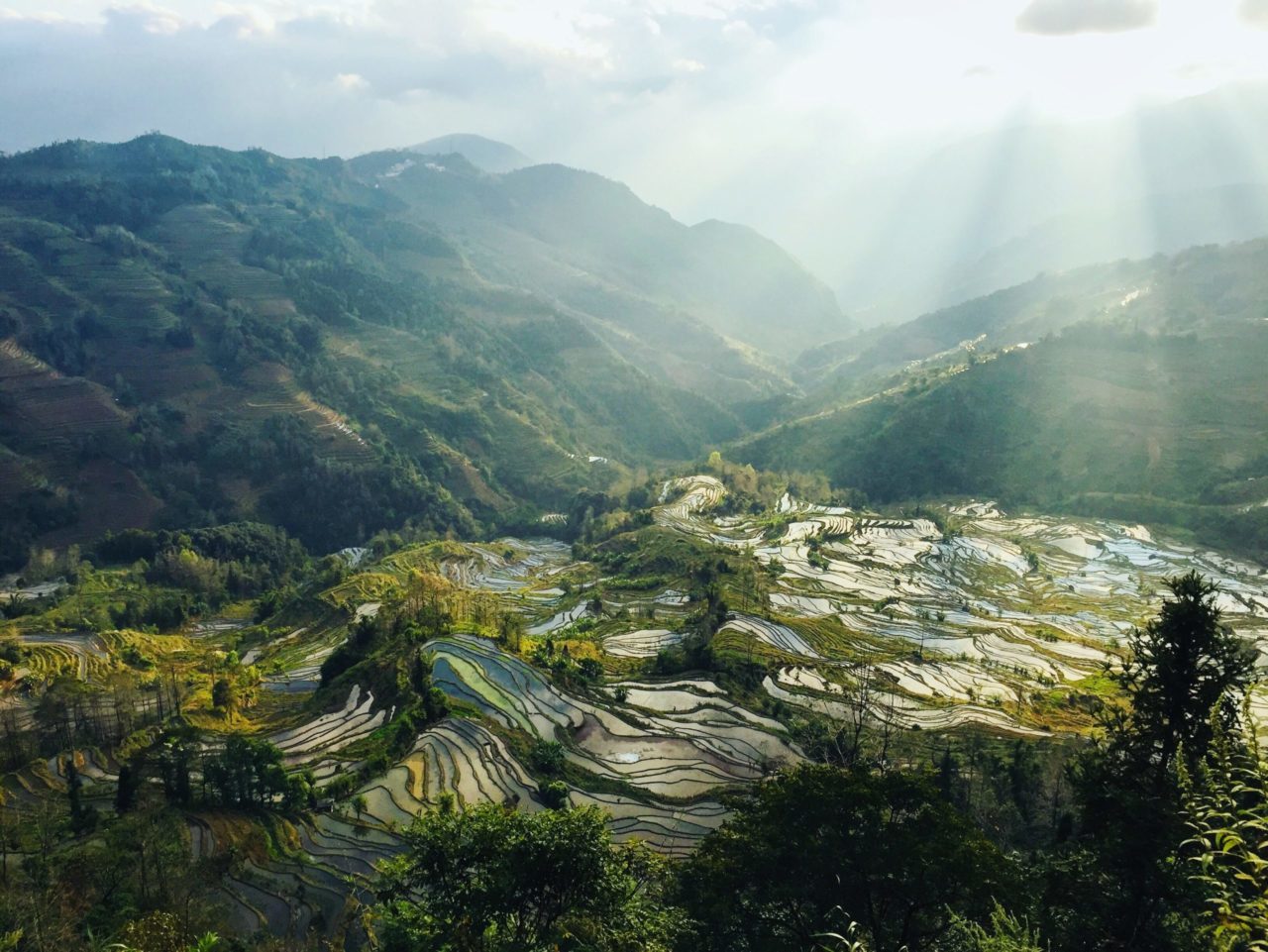
Beyond the famous Great Wall of China, China’s UNESCO sites are imperial palaces, natural sites with archaeological significance, and mixed heritage sites such as Mount Taishan, Mount Huangshan, Mount Wuyi, and the outstanding Mount Emei Scenic Area.
See all the World Heritage Sites in China
3. Germany – 51 UNESCO World Heritage Sites
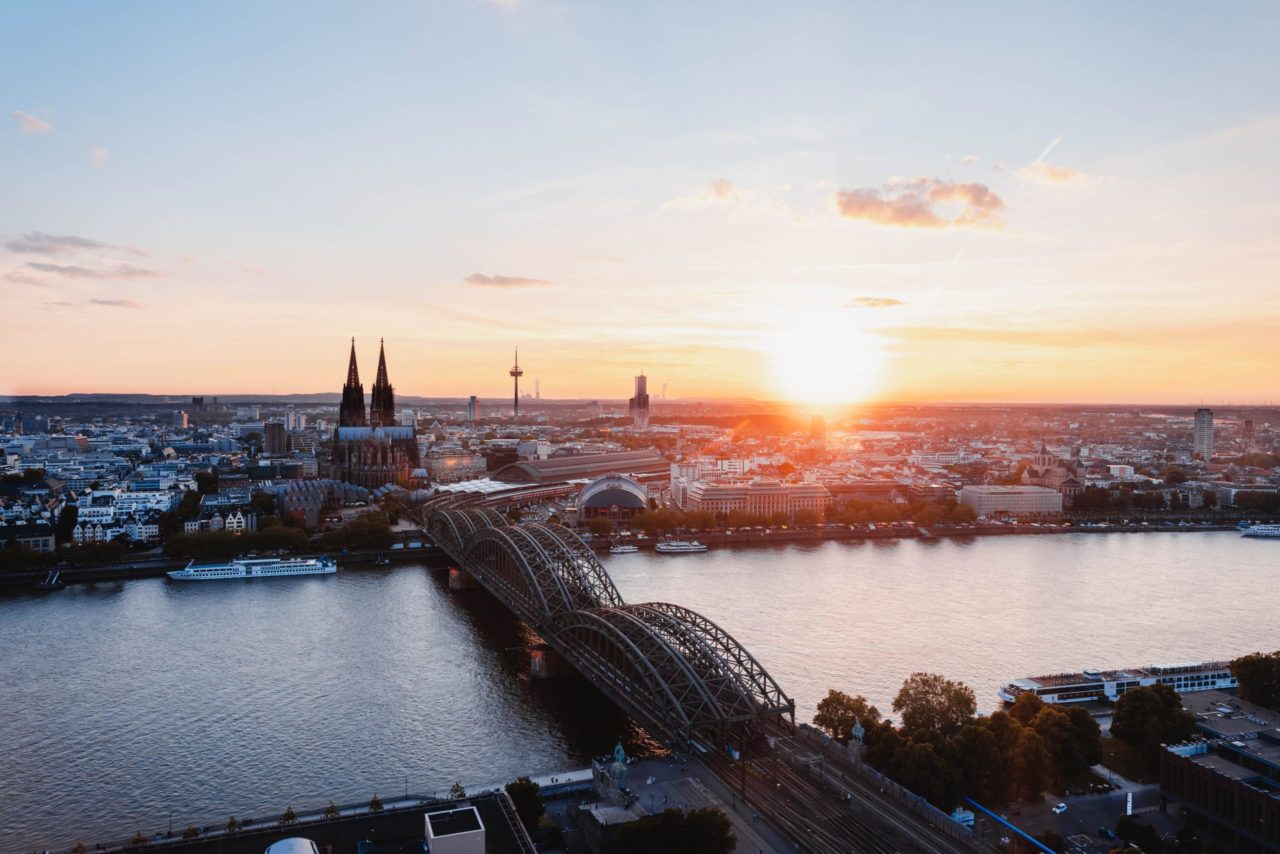
Germany’s UNESCO sites include castles, historic centers, and even prehistory with Prehistoric Pile Dwellings around the Alps.
See all the World Heritage Sites in Germany
4. Spain – 49 UNESCO World Heritage Sites

Spain has maybe one of the most curious indications in the Top 10 list, the Works of Antoni Gaudi, a creative and critical modern architect. You can also find beauties like the Historic Centre of Cordoba or the Cave of Altamira, and Paleolithic Cave Art of Northern Spain.
See all the World Heritage Sites in Spain
5. France – 49 UNESCO World Heritage Sites
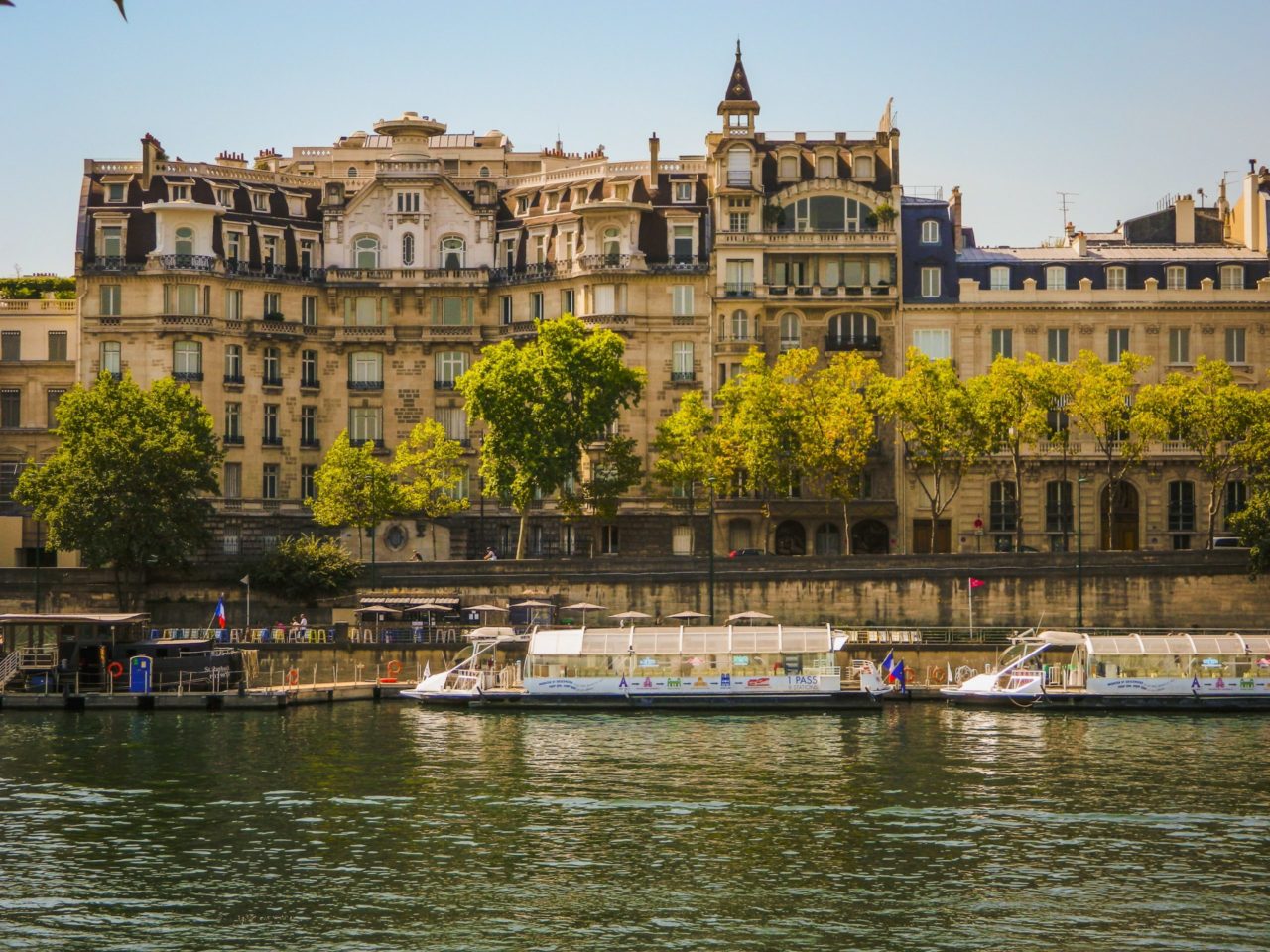
Surprisingly, Paris doesn’t have the most UNESCO World Heritage Sites in France. Paris has only one site on the list and it’s an unusual one: The Banks of the Seine River. Go further afield to enjoy The Palace and Park of Versailles or the Town of Medieval Fairs, Provins.
See all the World Heritage Sites in France
6. India – 40 UNESCO World Heritage Sites

India is known around the world because of its Hindu, Sikh and Buddhist faiths, but it is also a country with magnified buildings and nature. One of the most famous heritage sites is the Taj Mahal. However, you can also visit the curious construction in the Elephanta Caves or other temples like the Khajuraho Group of Monuments.
See all the World Heritage Sites in India
7. Mexico – 34 UNESCO World Heritage Sites

Mexico is the only country in the Americas in the Top 10 UNESCO World Heritage Sites list. You can see a lot of history from the Mayas and Aztecs, like the pyramids in the pre-Hispanic City of Teotihuacan or Chichen-Itza. You can also see evidence of Spanish colonization in places like the Historic Centre of Morelia.
See all the World Heritage Sites in Mexico
8. United Kingdom of Great Britain and Northern Ireland – 33 UNESCO World Heritage Sites
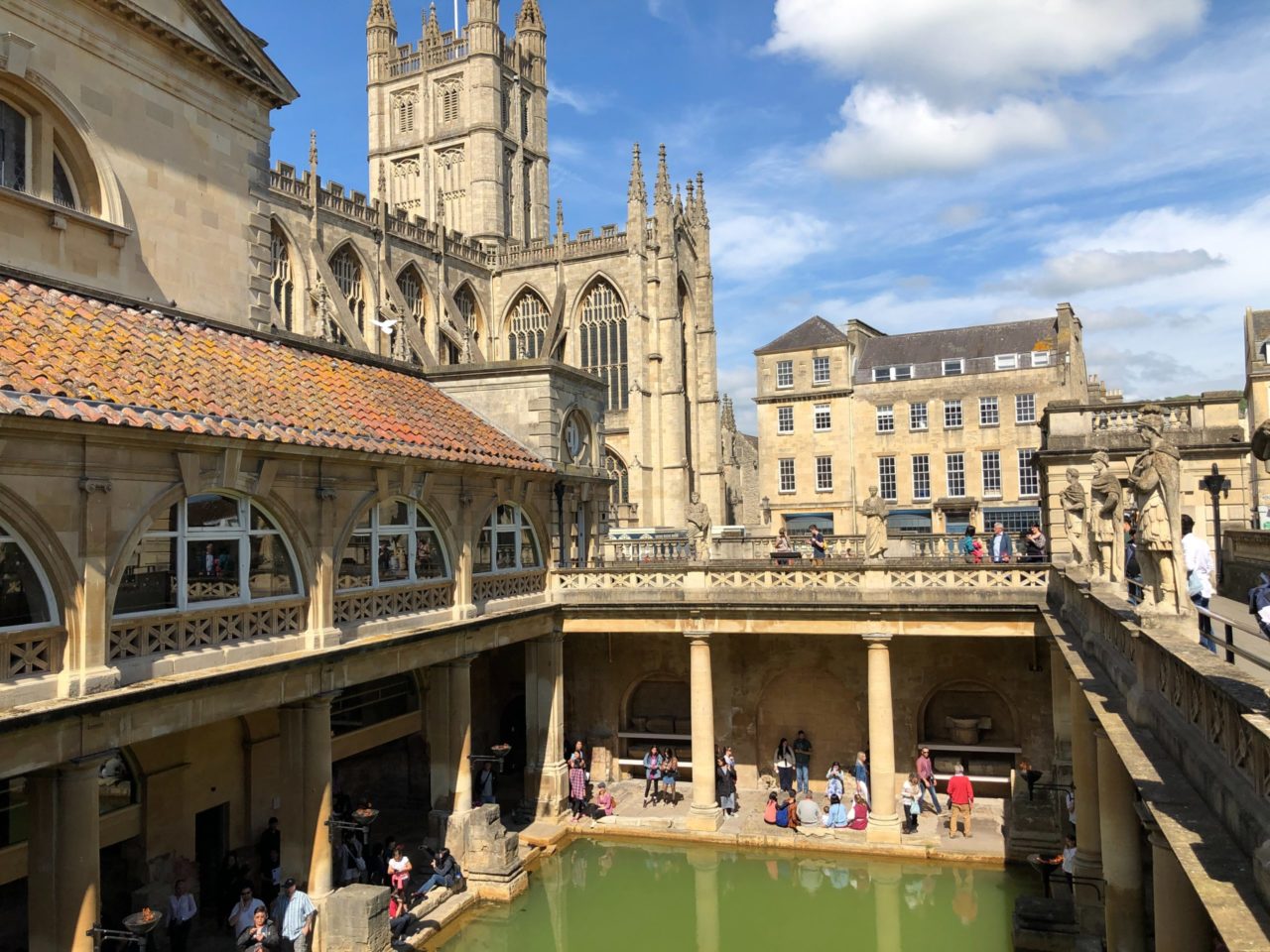
The United Kingdom recently lost a title at Liverpool – Maritime Mercantile City, delisted in 2021. Unfortunately, they are also at risk of putting the famous Stonehenge in danger due to the production of a highway. Let’s hope this doesn’t happen, and until then, you can enjoy many places such as the Roman City of Bath.
See all the World Heritage Sites in United Kingdom of Great Britain and Northern Ireland
9. Russian Federation – 30 UNESCO World Heritage Sites
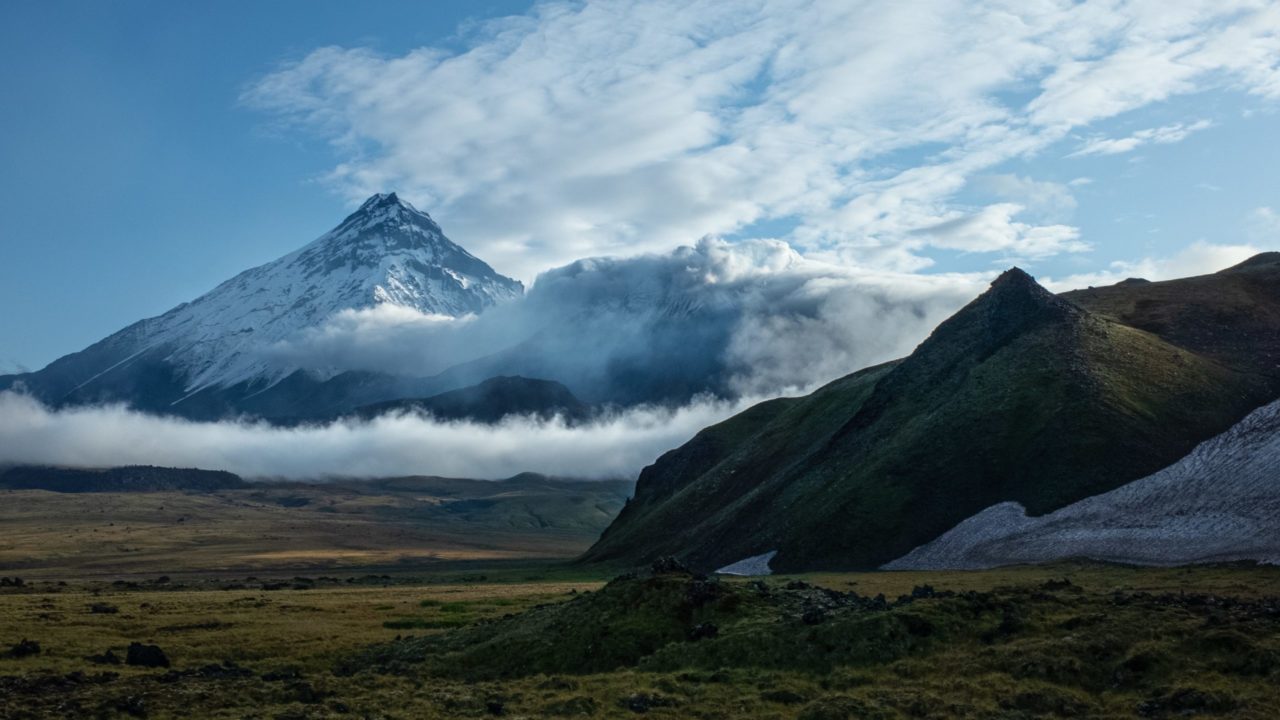
Russian Federation has cultural places on the list, with buildings that have a very different architecture from the rest of Europe, as you can see in the Kizhi Pogost or the Novodevichy Convent There you can also find beautiful natural places Volcanes of Kamchatka.
See all the World Heritage Sites in Russian Federation
10. Iran – 26 UNESCO World Heritage Sites
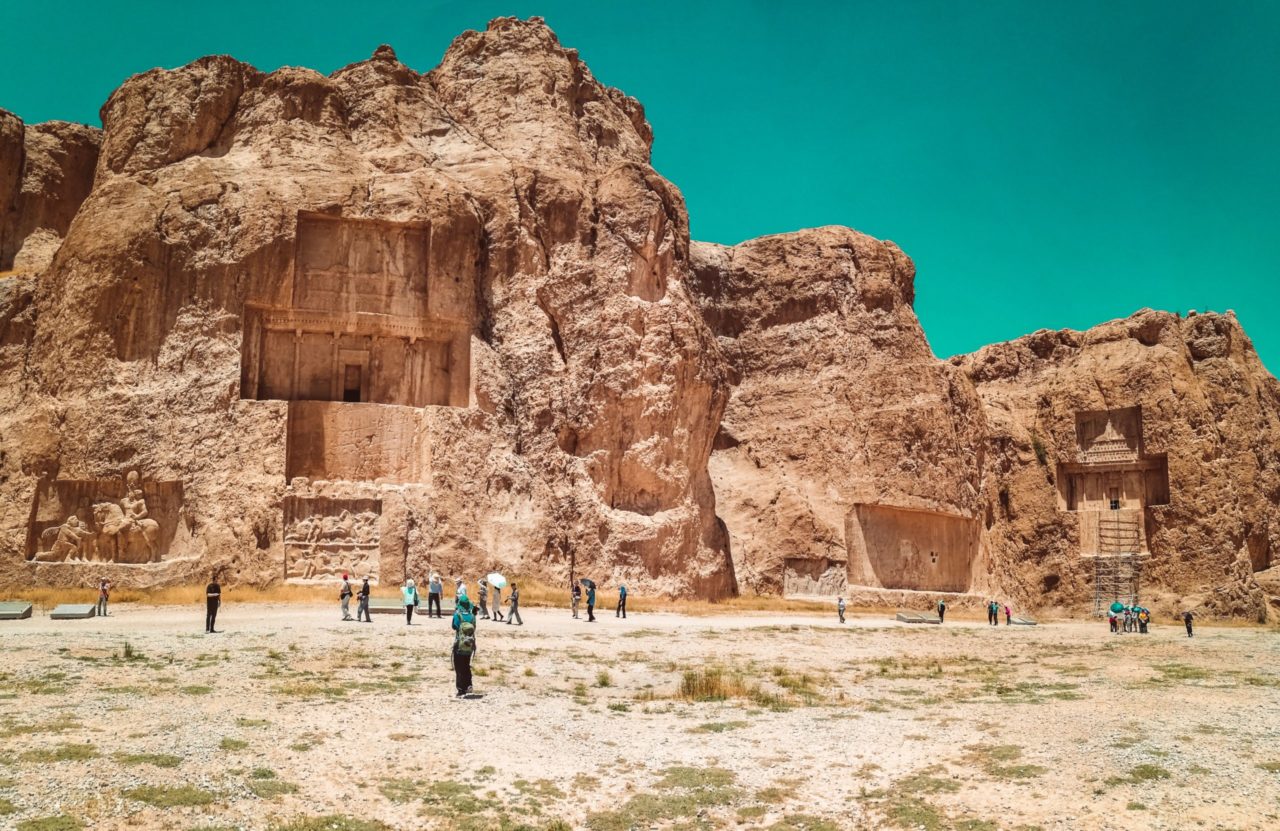
Iran is in tenth spot in the Top 10 UNESCO World Heritage Sites. Iran is a bountiful place for old history particularly in BCE (Before Common Era). There we can find the Shushtar Historical Hydraulic System, Persepolis, or cross the mountains with the Trans-Iranian Railway.
See all the World Heritage Sites in Iran
Countries with Mixed Heritage Sites
Another fun way to experience UNESCO World Heritage Sites is to visit those in the mixed category, where you can find nature and culture together. There are only 39 places designated with this title. What’s unique and interesting here is that these locations offer a type of culture that has developed while respecting nature.
Countries with mixed heritage sites:
- Albania
- Natural and Cultural Heritage of the Ohrid region
- Algeria
- Tassili n’Ajjer
- Australia
- Kakadu National Park
- Willandra Lakes Region
- Tasmanian Wilderness
- Uluru-Kata Tjuta National Park 2
- Brazil
- Paraty and Ilha Grande – Culture and Biodiversity
- Canada
- Pimachiowin Aki
- Chad
- Ennedi Massif: Natural and Cultural Landscape
- China
- Mount Taishan
- Mount Huangshan
- Mount Emei Scenic Area, including Leshan Giant Buddha Scenic Area
- Mount Wuyi
- Colombia
- Chiribiquete National Park – “The Maloca of the Jaguar”
- France
- Pyrénées – Mont Perdu
- Gabon
- Ecosystem and Relict Cultural Landscape of Lopé-Okanda
- Greece
- Meteora
- Mount Athos
- Guatemala
- Tikal National Park
- India
- Khangchendzonga National Park
- Iraq
- The Ahwar of Southern Iraq: Refuge of Biodiversity and the Relict Landscape of the Mesopotamian Cities
- Jamaica
- Blue and John Crow Mountains
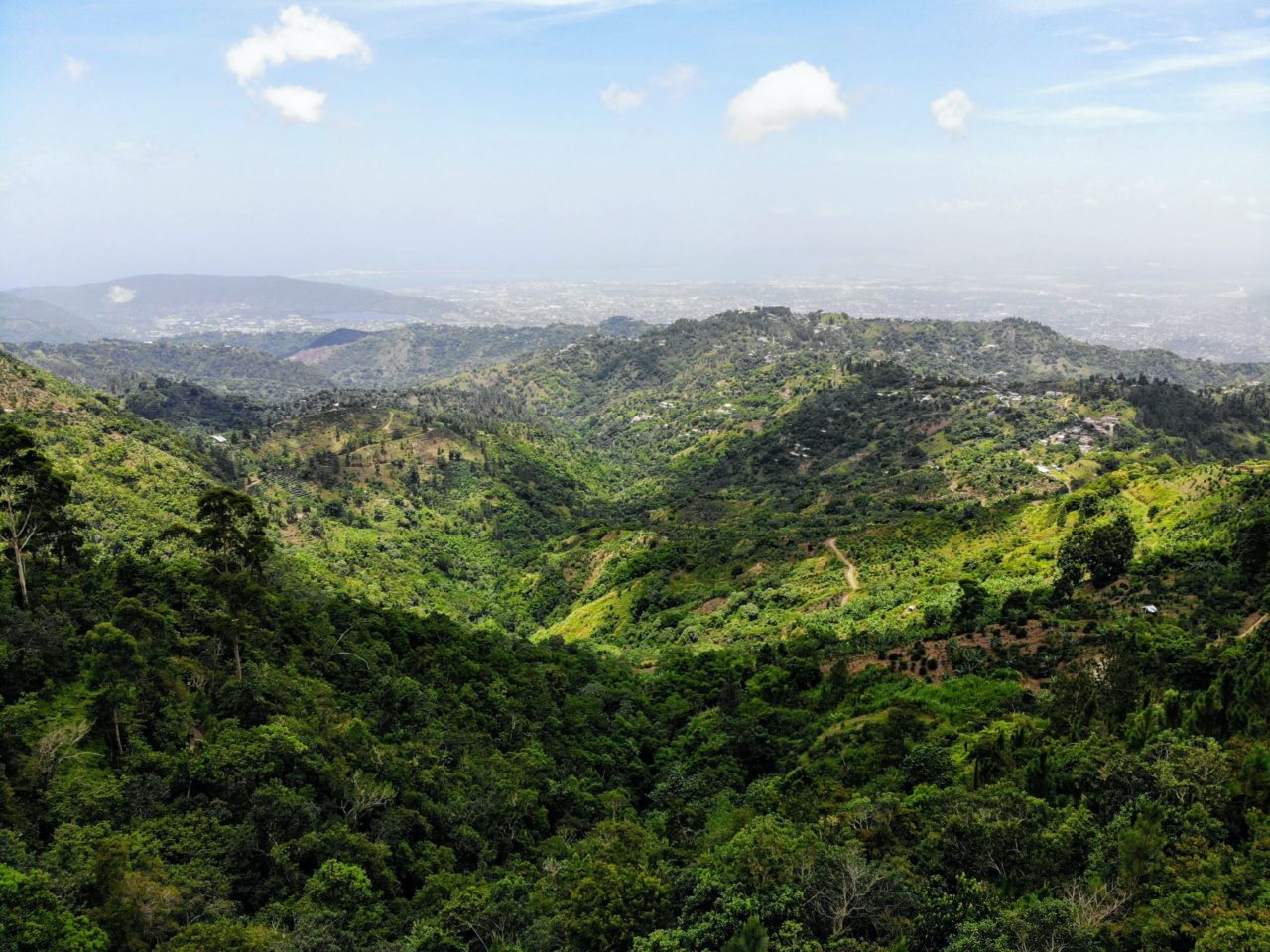
- Jordan
- Wadi Rum Protected Area
- Lesotho
- Maloti-Drakensberg Park
- Mali
- Cliff of Bandiagara (Land of the Dogons)
- Mexico
- Ancient Maya City and Protected Tropical Forests of Calakmul, Campeche
- Tehuacán-Cuicatlán Valley: originary habitat of Mesoamerica
- New Zealand
- Tongariro National Park
- North Macedonia
- Natural and Cultural Heritage of the Ohrid region
- Palau
- Rock Islands Southern Lagoon
- Peru
- Historic Sanctuary of Machu Picchu

Photo by Willian Justen de Vasconcellos on Unsplash - Río Abiseo National Park
- South Africa
- Maloti-Drakensberg Park
- Spain
- Pyrénées – Mont Perdu
- Ibiza, Biodiversity and Culture
- Sweden
- Laponian Area
- Turkey
- Göreme National Park and the Rock Sites of Cappadocia
- Hierapolis-Pamukkale
- United Kingdom of Great Britain and Northern Ireland
- St Kilda
- United Republic of Tanzania
- Ngorongoro Conservation Area
- United States of America
- Papahānaumokuākea
- Viet Nam
- Trang An Landscape Complex
Negative Impacts of UNESCO World Heritage Sites
If you want to take a tour visiting the World Heritage Sites it is essential to know that, even if the idea is to promote unique, historical, and sustainable places, the impact of too many tourists can often be destructive. UNESCO recognizes the risks that heritage sites have when tourism starts to develop.
Alternatively, tourism can often help the economy of the regions in which UNESCO Sites exist.
Many heritage sites are struggling with those negative impacts and looking for creative ways to mitigate these impacts. For example, in Peru, Machu Picchu now allows fewer people to circulate there at one time, establishing a fixed walking route with faster entry and exit, to not overload the site.
Tips for Visiting UNESCO World Heritage Sites
Know the rules of that place
Many sites have rules unique to that site. They might charge for entry, or have timed visits, or specific rules about clothing and photography.
Study the culture of the country and city where the heritage site is located
Remember that you are not just visiting a tourist point. Heritage sites talk a lot about the culture of the place. It is good to know the basics of the culture of the destination, so you will know what to expect, how to adapt, and show respect to local people.
Use local guides for your tour
A respectful and fantastic way to know a place is with someone who is of that place. They know its culture, traditions, history and essence intimately. Using the service of local guides is also a responsible way to travel, contributing to its economy.
Support the local economy
When a place starts to grow with tourism, it is common that big international companies start to appear with globalised methods. This can have a negative impact on the local culture and economic autonomy.
Choose to be, eat and buy in local places.
Be open to news experiences
Being open to new experiences is the best way to integrate, respect, and really get to know a place.
Take care of your waste
Garbage can be considered one of the biggest problems of our time. In tourism, this problem is exacerbated further when travelers leave behind their waste.
To avoid being part of the problem, you can choose more whole foods with less packaging, take your reusable water bottle, collect your garbage and recycle what you can, and find out how to dispose of the rest correctly.
Leave it better than you find it
The whole point of UNESCO World Heritage Sites is to protect places that help us understand our history and take care of nature, and often these places point to local organizations through which you can donate, volunteer, or learn more.
Pick up the garbage even if it is not yours, report it if you see someone damaging the place, adhere to established boundaries of where you can walk, visit at less busy times, and always be respectful of local nature, people, and their culture.
Practice slow travel
Slow travel is a mindset of enjoying the place without the rush and getting time to know the destination well, not just seeing the most famous sites and leaving.
But traveling slow is not just about the time, it is taking the opportunity to be out of your comfort zone, immersing in the site, talking with locals, and knowing the place for what it truly is.
Visiting UNESCO World Heritage Sites is just a starting point for your trip. Remember that every place has unique and marvelous things to experience. So go with respect and enjoy your journey.



